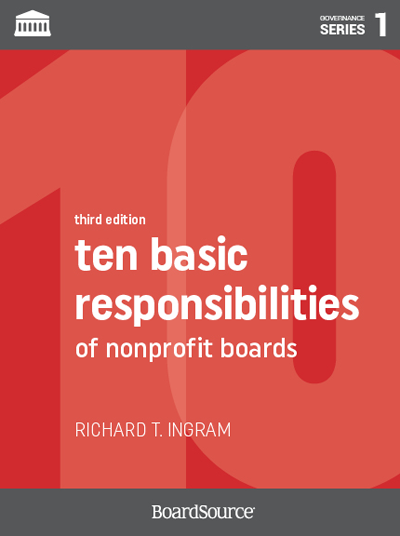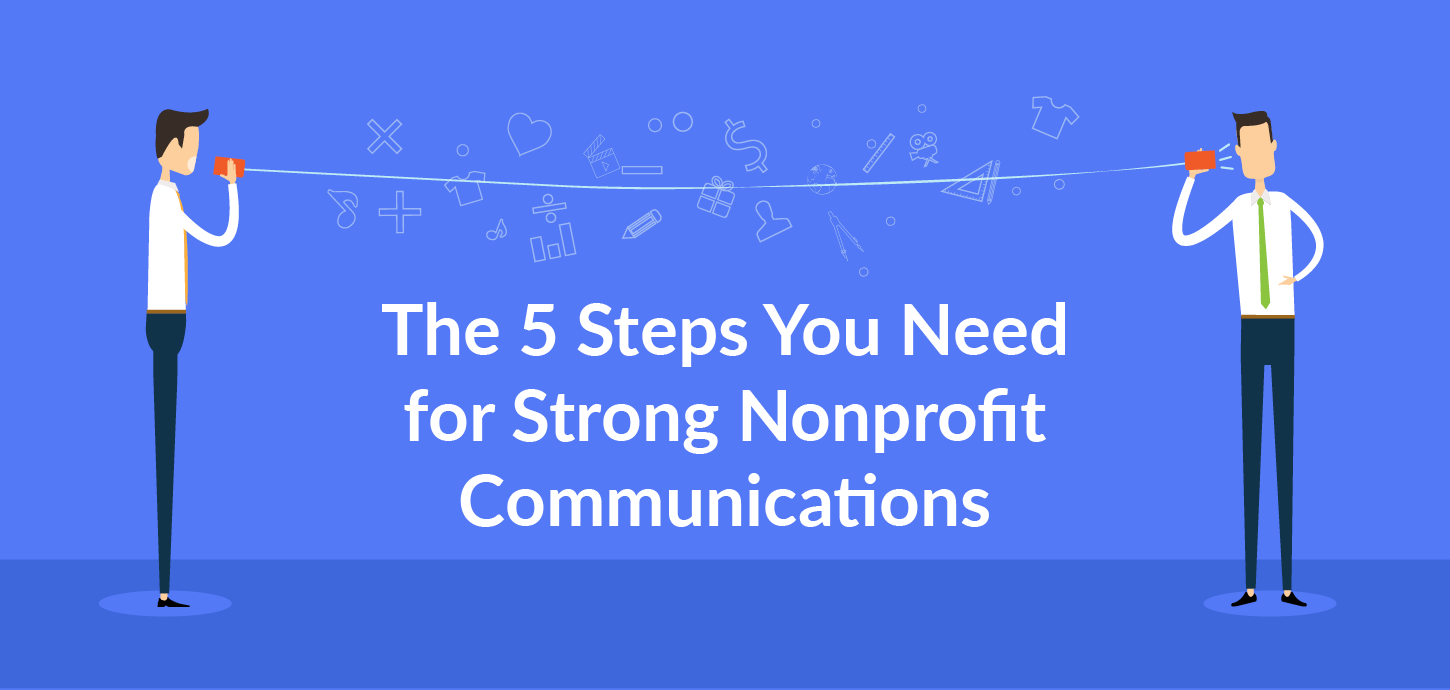Partner with a Nonprofit Firm to Boost Your Organization's Success
Partner with a Nonprofit Firm to Boost Your Organization's Success
Blog Article
Discovering the Diverse Features and Responsibilities of a Nonprofit Agency in Addressing Social Issues and Promoting Change
Nonprofit companies work as essential agents of change within culture, dealing with a myriad of social issues via complex strategies. Their obligations prolong past mere service stipulation; they involve in campaigning for, resource mobilization, and area outreach, typically acting as a bridge in between marginalized populaces and crucial solutions. By cultivating partnerships and utilizing culturally relevant strategies, these companies attend to the source of social obstacles. Yet, the complexities of their duties raise crucial questions about efficiency and sustainability. What are the ramifications of these diverse features on long-lasting neighborhood effect?
Comprehending Nonprofit Agency Roles
The effectiveness of not-for-profit firms hinges on a clear understanding of their diverse roles within society. Nonprofit companies commonly operate as solution suppliers, supplying essential programs and resources to underserved populations.
Additionally, nonprofits play a crucial duty in campaigning for, increasing awareness and affecting plan decisions that influence their neighborhoods. By taking part in research and public education and learning, these organizations aid form public discourse and advertise informed decision-making - nonprofit agency. They also offer as systems for volunteerism, mobilizing neighborhood participants to contribute their time and skills toward cumulative goals
In addition, nonprofit companies usually function as conveners, combining diverse stakeholders to foster cooperation and cumulative effect. This joint approach enhances their ability to resolve complicated social concerns properly. Recognizing these diverse duties is essential for optimizing the capacity of nonprofit companies in producing lasting social adjustment and enhancing overall community well-being.
Area Interaction and Outreach
Reliable neighborhood interaction and outreach are fundamental elements of nonprofit firms' approaches to promote links and develop trust fund within the areas they serve. These efforts concentrate on understanding community needs, promoting understanding of offered resources, and encouraging participation in programs designed to address social problems. Nonprofit organizations employ a variety of techniques to engage with neighborhood members, such as workshops, educational sessions, and collaborative occasions.
Outreach efforts serve to strengthen connections with varied populations, specifically marginalized groups who may encounter obstacles to access. By utilizing culturally relevant interaction methods and leveraging regional collaborations, nonprofits can boost their exposure and show their commitment to community empowerment. This technique not just grows a sense of belonging but also raises the probability of sustained involvement.
Additionally, reliable community interaction surpasses simple involvement; it entails actively paying attention to community participants' responses and including their understandings right into program development. This collective process ensures that the services supplied are receptive, relevant, and customized to the one-of-a-kind challenges encountered by the community. Inevitably, cultivating solid links through interaction and outreach can cause even more impactful treatments and a better cumulative effort toward advertising favorable social adjustment.
Advocacy and Policy Impact
Campaigning for functions as a critical system for nonprofit agencies to influence public plan and drive systemic change. By leveraging their competence and area understandings, these companies can successfully stand for marginalized populaces and address pressing social concerns. Nonprofits participate in advocacy through different methods, including public awareness projects, grassroots mobilization, union structure, and straight lobbying of policymakers.
Via these initiatives, nonprofit firms aim to form regulation and policy frameworks that line up with their objective and the demands of the communities they serve. They conduct research study, gather information, and share engaging narratives to highlight the urgency of particular issues, ensuring that decision-makers are notified and motivated to act. This procedure not only magnifies the voices of those influenced by social injustices yet likewise cultivates a more comprehensive and equitable policymaking setting.
Moreover, advocacy initiatives typically look for to produce long-term structural modifications, attending to root triggers instead of merely minimizing symptoms. By prioritizing plan influence, not-for-profit companies add to a wider understanding of social obstacles and advertise solutions that can bring about sustainable improvements in social wellness. Ultimately, campaigning for is fundamental to the transformative function nonprofits play in creating a just and equitable culture.
Fundraising and Resource Administration
Nonprofit firms depend on durable fundraising and resource management techniques to sustain their campaigning for initiatives and maintain their goals. Effective fundraising is crucial for guaranteeing the accessibility of funds required to apply programs and tasks that address pushing social concerns. This process typically entails diversifying revenue streams with gives, private contributions, corporate sponsorships, and fundraising events. By employing a multi-faceted strategy, nonprofits can minimize the risks associated with dependence on a solitary financing source.
Resource management is click for info equally crucial, as it entails the calculated allowance of both economic and human sources to make the most of influence. Nonprofits have to develop spending plans that straighten with their objectives while making certain openness and liability to stakeholders. This entails routine tracking of expenses and adjusting approaches as required to maximize source usage.

Partnership and Collaborations
While numerous companies seek their missions individually, collaboration and collaborations can substantially improve the effectiveness of not-for-profit companies. By collaborating with other nonprofits, government entities, and private market organizations, nonprofits can merge sources, share competence, and magnify their influence on social problems. Joint initiatives usually result in innovative remedies that may not be possible independently, leveraging the toughness of each companion to deal with complicated difficulties.

Inevitably, effective collaboration calls for clear interaction, shared objectives, and common respect among companions. By welcoming a cooperative method, nonprofit companies can create sustainable networks that not just address immediate social issues yet also add to long-term systemic modification, fostering a much more equitable culture. Via partnership, nonprofits can thrive and optimize their potential for significant effect.
Conclusion
Nonprofit firms function as crucial entities in dealing with social problems and promoting change within neighborhoods. Via diverse features such as community advocacy, engagement, and source management, these organizations properly activate sources and support for underserved populations. Their collective initiatives with various stakeholders boost the capability to influence public policy and advertise architectural modifications. Ultimately, the multifaceted duties of not-for-profit firms dramatically add to the search of social justice and the renovation of area well-being.
Comprehending Extra resources these diverse roles is important for taking full advantage of the possibility of not-for-profit companies in developing sustainable social change and improving general area wellness.
Reliable community engagement and outreach are basic components of not-for-profit companies' methods to develop and foster connections trust fund within the areas they serve. By working with each other with other nonprofits, federal government entities, and private market companies, nonprofits can pool resources, share expertise, and intensify their impact on social issues.Not-for-profit firms serve as critical entities in fostering and attending to social concerns change within communities - nonprofit agency. Ultimately, the complex functions of not-for-profit firms dramatically add to the search of social justice and the renovation of community well-being
Report this page